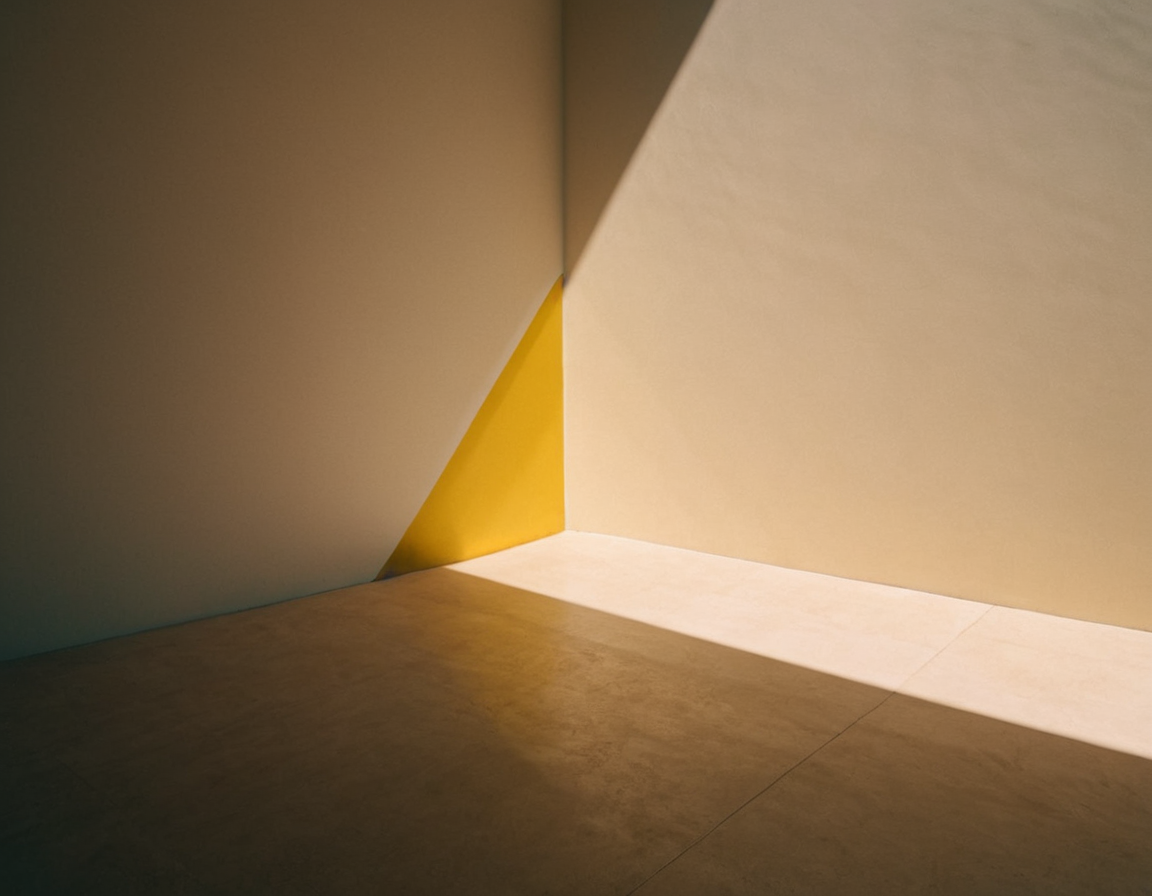AI Art's Shadows

Uncovering the Dark Side of AI Art: A Deep Dive into Generative Adversarial Networks
The Rise of Artificial Intelligence in Creative Industries
Artificial intelligence (AI) has been increasingly used in various creative fields, including art. This has led to the development of new techniques and tools that can produce stunning visuals and realistic images. However, beneath the surface of this technological advancement lies a complex web of issues that need to be addressed.
The Birth of Generative Adversarial Networks (GANs)
In the early 2010s, researchers began exploring the concept of Generative Adversarial Networks (GANs) as a means of creating realistic images. The basic idea behind GANs is to use a system of two neural networks that work against each other: one generates images, while the other evaluates the generated images and tells the first network whether they are realistic or not.
The primary purpose of this adversarial process is to improve the generation of realistic images. However, as the technology advanced, it became clear that GANs had the potential to be used for malicious purposes.
The Dark Side of AI Art: Manipulation and Deception
One of the most concerning aspects of AI art is its potential for manipulation and deception. With the ability to generate highly realistic images, individuals can create fake evidence, manipulate public opinion, or even create deepfakes that can be used to deceive people.
For instance, in 2019, a video surfaced showing a deepfake of then-US presidential candidate Joe Biden saying something that he had never actually said. This highlights the potential for AI-generated content to be used as a tool for propaganda and manipulation.
Furthermore, the ability to create fake images can also be used to perpetuate misinformation and spread conspiracy theories. In the world of art, this can manifest in various ways, such as the creation of fake artworks that are sold as authentic or the use of AI-generated images to create convincing forgeries.
The Impact on the Art World
The emergence of AI art has already had a significant impact on the art world. Many artists have expressed concerns about the potential for AI-generated content to undermine their work and devalue their creations.
Moreover, the increasing use of AI tools in the creative process has raised questions about authorship and ownership. If an AI system is used to create an artwork, who should be considered the true creator?
Conclusion and Call to Action
The development of GANs and other AI techniques has opened up new avenues for creativity and artistic expression. However, it also raises significant concerns about manipulation, deception, and the potential for these technologies to be used for malicious purposes.
As we move forward in this rapidly evolving field, it is essential that we have a nuanced understanding of the potential risks and benefits associated with AI art. We need to establish clear guidelines and regulations that protect artists’ rights and prevent the misuse of these technologies.
Moreover, we need to encourage open and honest discussions about the role of AI in creative industries. By exploring the complexities of this issue, we can work towards creating a future where these technologies are used responsibly and for the betterment of society.
**What do you think? Should AI art be regulated, or should it be left to the artists to decide how to use these tools? Share your thoughts in the comments below.
About Michael Brown
I help power gophotos.com by crafting engaging content around AI-driven image tools, photography techniques, and smart editing strategies. With a background in digital media, I bring a creative eye to the intersection of tech and visual storytelling.
